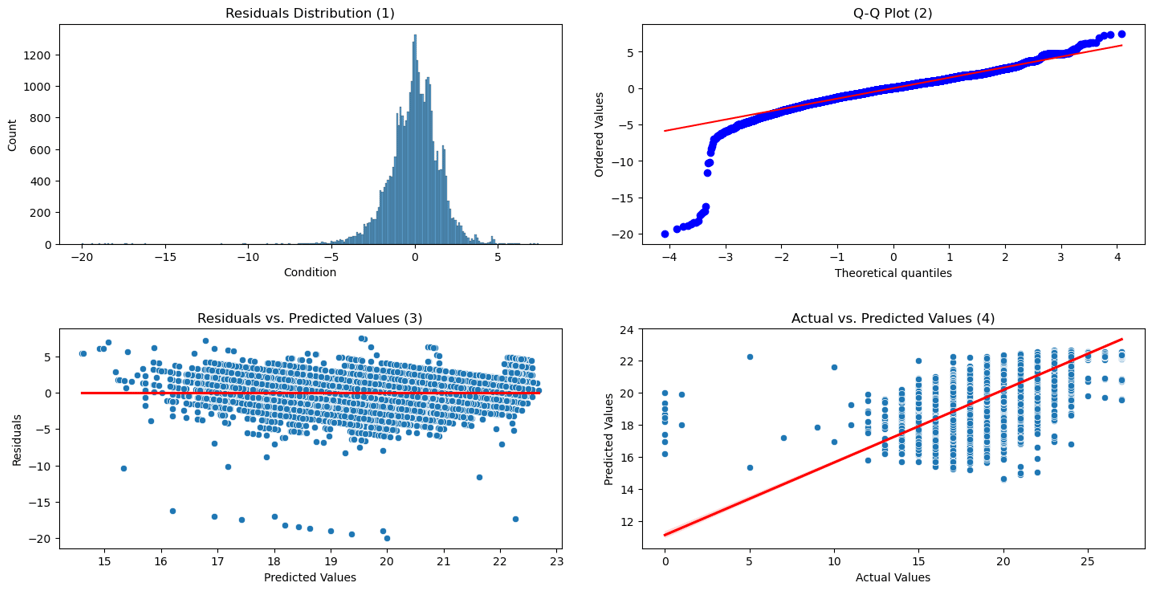

US Department of Transport - Bridge Condition Regression Analysis
Project Description
This project investigates the condition of bridges in Texas using a dataset provided by the US Department of Transport (USDT). The goal is to develop a model to predict bridge condition based on five predictor variables: Age, AverageDailyTraffic, Trucks_percent, Material, and Design.
The project explores the following questions:
How well do the proposed variables predict bridge condition?
What is the relationship between the proposed predictors?
Which variables are most influential in determining bridge condition?
Data Source
The data used in this project is sourced from the US Department of Transport (USDT) National Bridge Inventory (NBI) database.
Data Preprocessing:
Target variable engineering: The three original target variables (Deck_rating, Superstr_rating, and Substr_rating) were combined to create a single 'Condition' variable. This simplification aimed to enhance signal, reduce redundancy, and mitigate multicollinearity issues.
Category consolidation: Material and Design categories with low frequencies were grouped into an 'Other' category to reduce noise and simplify analysis.
Outlier Handling: Outliers in Age, AverageDaily, and Trucks_percent were addressed to improve model robustness.
Exploratory Data Analysis:
Age was identified as a strong predictor of bridge condition, showing a negative correlation. This suggests that older bridges tend to be in poorer condition.
Material and Design showed some influence on condition. Concrete bridges generally exhibited better conditions than those made of steel or other materials. The 'Slab' design was associated with slightly worse conditions.
AverageDaily and Trucks_percent showed negligible influence on bridge condition, suggesting traffic load may not be a primary driver of deterioration within the dataset.
Regression Analysis:
A linear regression model was developed to predict bridge condition.
The model achieved an R2 of 0.452, meaning it explains 45.2% of the variance in bridge condition.
Age was confirmed as the most influential predictor, followed by Material and Design.
Residual analysis indicated a near-normal distribution, suggesting the model's errors are generally random. However, there was a tendency to underestimate the condition of bridges at the lower end of the scale.
Conclusion
The linear regression model provides a reasonable starting point for predicting bridge condition. However, its predictive accuracy could be enhanced by incorporating additional variables, exploring non-linear relationships, and further addressing outliers.
Potential Improvements
Incorporate interaction terms to capture the combined effects of predictors.
Consider non-linear relationships to improve model fit.
Include additional predictor variables to account for unexplained variance.
Further investigate and address outliers.


Image showing predictor distributions pre and post outlier removal
Image showing the predictor vs condition relationships.


Image showing the residuals analysis, Q-Q plot and actual vs predictions.
